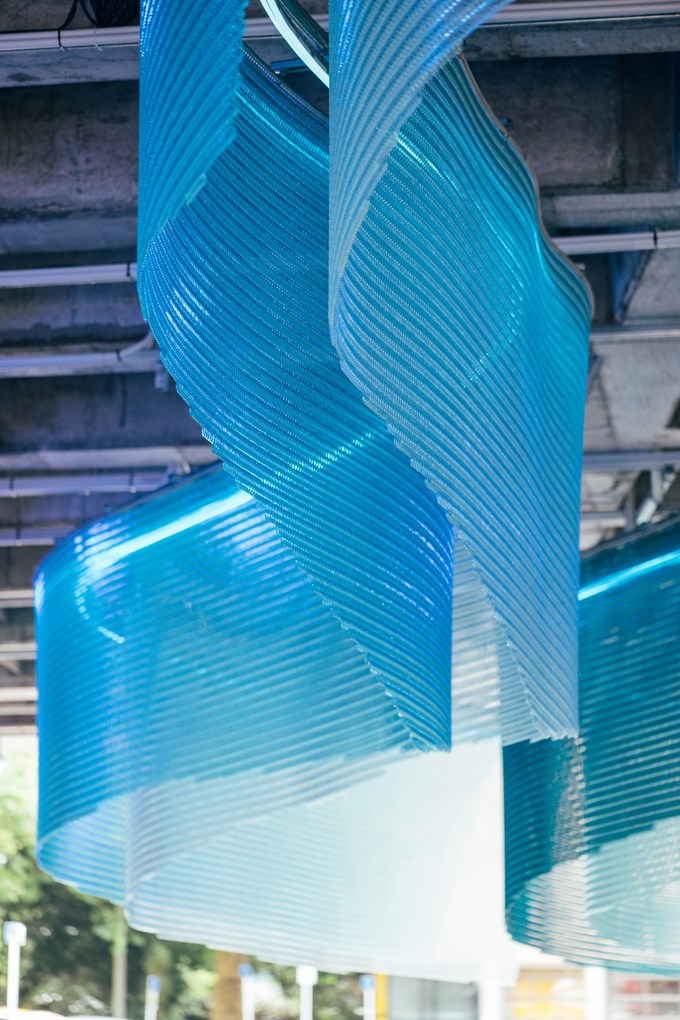This summer, Aucklanders and visitors who step into Myers Park will discover something deeply meaningful and magical.
At the northern end of the park, they’ll see a shimmering of aqua blue light beneath the underpass and feel the emotion of mana whenua artistry in a contemporary form they might never have experienced before.
Named Waimahara, this new artwork will seek to awaken the senses of visitors to the presence of ancient waters, now flowing beneath the ground, in this inner-city valley.
Auckland Council’s Public Art team has worked with artist Graham Tipene (Ngāti Whātua, Ngāti Kahu, Ngāti Hine, Ngāti Hauā, Ngāti Manu), a team of talented mana whenua composers and several NZ companies, including IION and Kaynemaile – to create an extraordinary artwork; unique in New Zealand, if not the world.
Opened at the end of 2023, initially in an ambient (not interactive) form, Waimahara is integrated into the landscape of the Mayoral Drive underpass in Myers Park. A sensorial experience of light and audio effects – made up from birdsong, taonga pūoro, water sounds - will greet visitors in this distinct Tāmaki Makaurau site. The presence of visitors and active weather can both further intensify and change the light and sound experiences in this place.
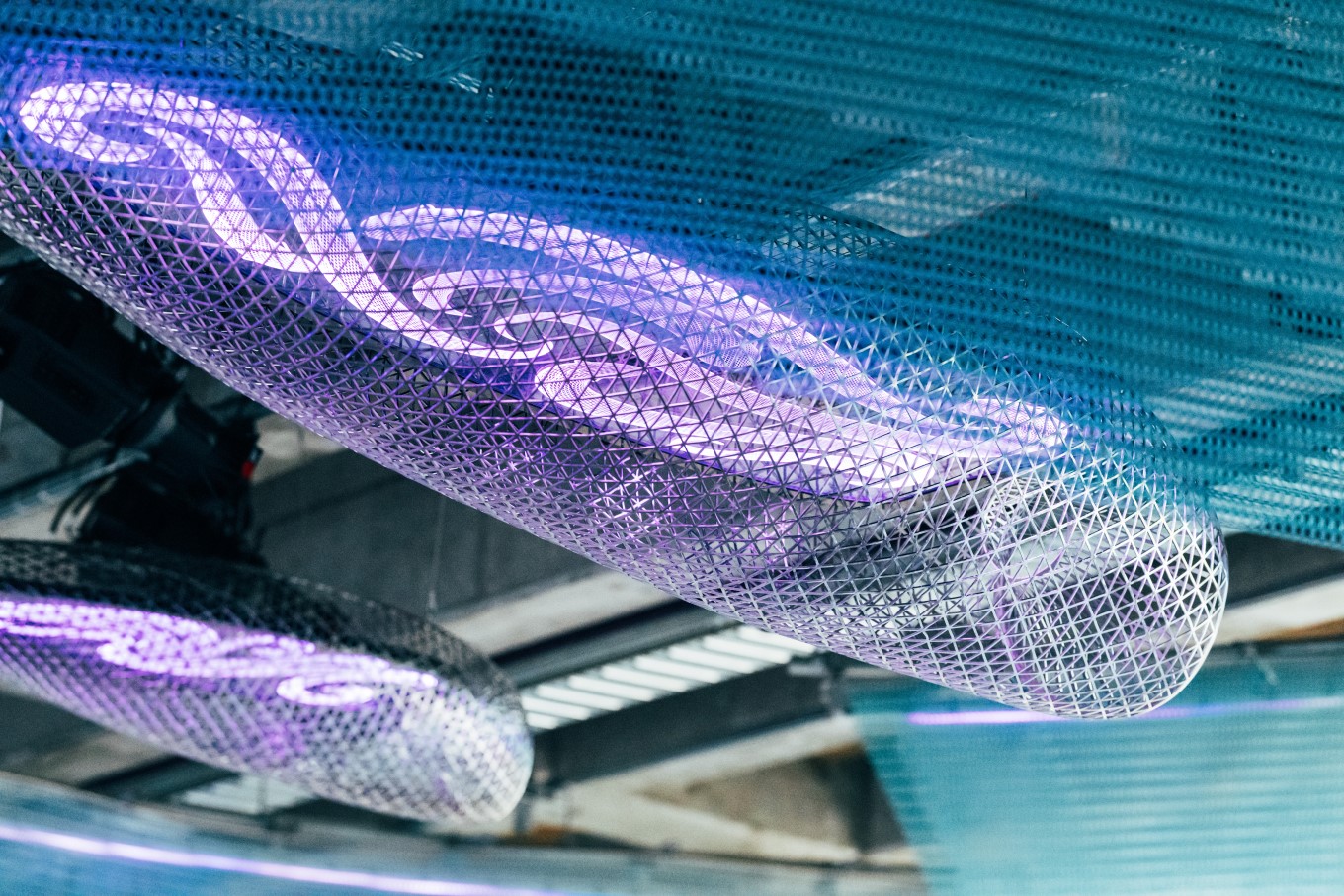
Photo credit: David St George
Hayley Wolters, Auckland Council Manager Public Art, Service Strategy and Partnerships, says there are a thousand different combinations of light and sound people will experience as they pass through the underpass.
“No two passes will be the same.
“For now, we are giving visitors an ambient experience, themed around the remembering of water. Early next year, when we have installed the speakers and a microphone on-site, Waimahara will become interactive. “At that point, you will be able to learn one of two waiata and sing it in the park. With accurate rhythm and pitch, your singing will trigger another dimension of audio and light response. It will be well worth the wait,” she says.
Read about the new design, trees and infrastructure at the northern end of Myers Park here.
Auckland Council’s public art project manager David Thomas has guided the journey of Waimahara. He has seen this once dark shadowy concrete tunnel become a destination that honours Te Waihorotiu – the historically significant stream that flows underneath.
The artwork is a uniquely Tāmaki Makaurau addition to Auckland Council’s 400-strong collection of public art.
The deeper themes from the project team are described below.
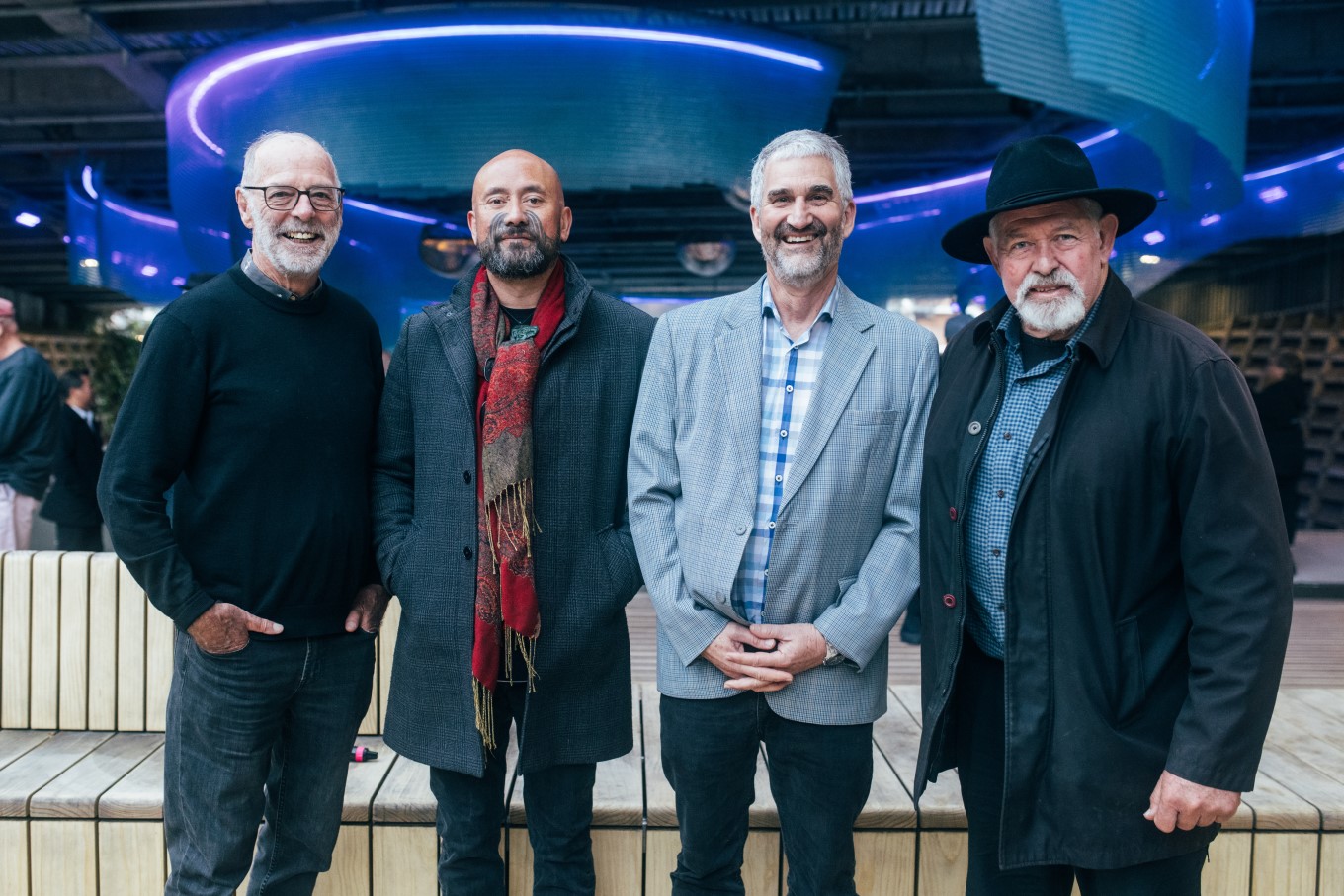
Photo credit: David St George
Manaakitanga
Throughout the development of Waimahara, Graham’s kaupapa (purpose) was to offer a welcome to everyone. Our collective commitment was to:
-
positively transform the lower park and underpass environment – through creating an experience of place that offered manaakitanga to all visitors.
-
enable people to connect with the valley landscape and Te Waihorotiu flowing underneath.
Remembering of water
-
Waimahara is the name of the artwork by Graham and the composer team – Moeahi Kerehoma (Te Aitanga-a-Māhaki, Ngāti Whātua Ōrākei, Te Whakatōhea, Te Whānau-ā-Apanui, Tūhoe, Ngāi Takoto, Te Rarawa), Tarumai-i-Tawhiti Kerehoma-Hoani (Te Aitanga-a-Māhaki, Ngāti Whātua Ōrākei, Te Whakatōhea, Te Whānau-ā-Apanui, Tūhoe, Ngāi Takoto, Te Rarawa) and Tuirina Wehi (Ngāti Ruapani). The composers have written two waiata.
-
Once Waimahara is fully interactive (expected March 2024), there will be three ways people can interact with the artwork – you might be an active participant who sings the waiata in the underpass, triggering elaborate audio and light responses or someone who sees the waiata performed by others, with their singing triggering an accompanying light and audio show for all to see, or a visitor who experiences an ambient display of audio and light effects (viewable by the end of 2023), that modulates in response to their presence and the current wind and weather conditions.
-
The name Waimahara means a remembering of water, and a remembering of Te Waihorotiu, the stream that flows quietly underneath the underpass.
Whakarongo and wānanga
-
Graham was motivated to create an interactive artwork that would provide a deeper connection to place through active participation and the triggering of a multi-sensory (whakarongo) experience – a unique contrast with artworks that provide a more singular experience for visitors.
-
Graham provided a te reo Māori interpretation of the word whakarongo as a call to ready your senses. People are invited to ‘ready their senses’ for a multi-sensory ‘experience of place’ in Myers Park – through this unique Waimahara interactive artwork.
-
The opportunity for wānanga (learning) was a very real priority for Graham and the composer team. To support this, from early next year there will be a wānanga listening site within the new landscape where the Waimahara waiata can be learned by visitors in the park, to encourage proficient learning of the waiata for recitation in the underpass.
-
Additionally, in early 2024 a waiata video will be available online, supporting people’s learning and performance of the waiata as part of the full Waimahara artwork experience.
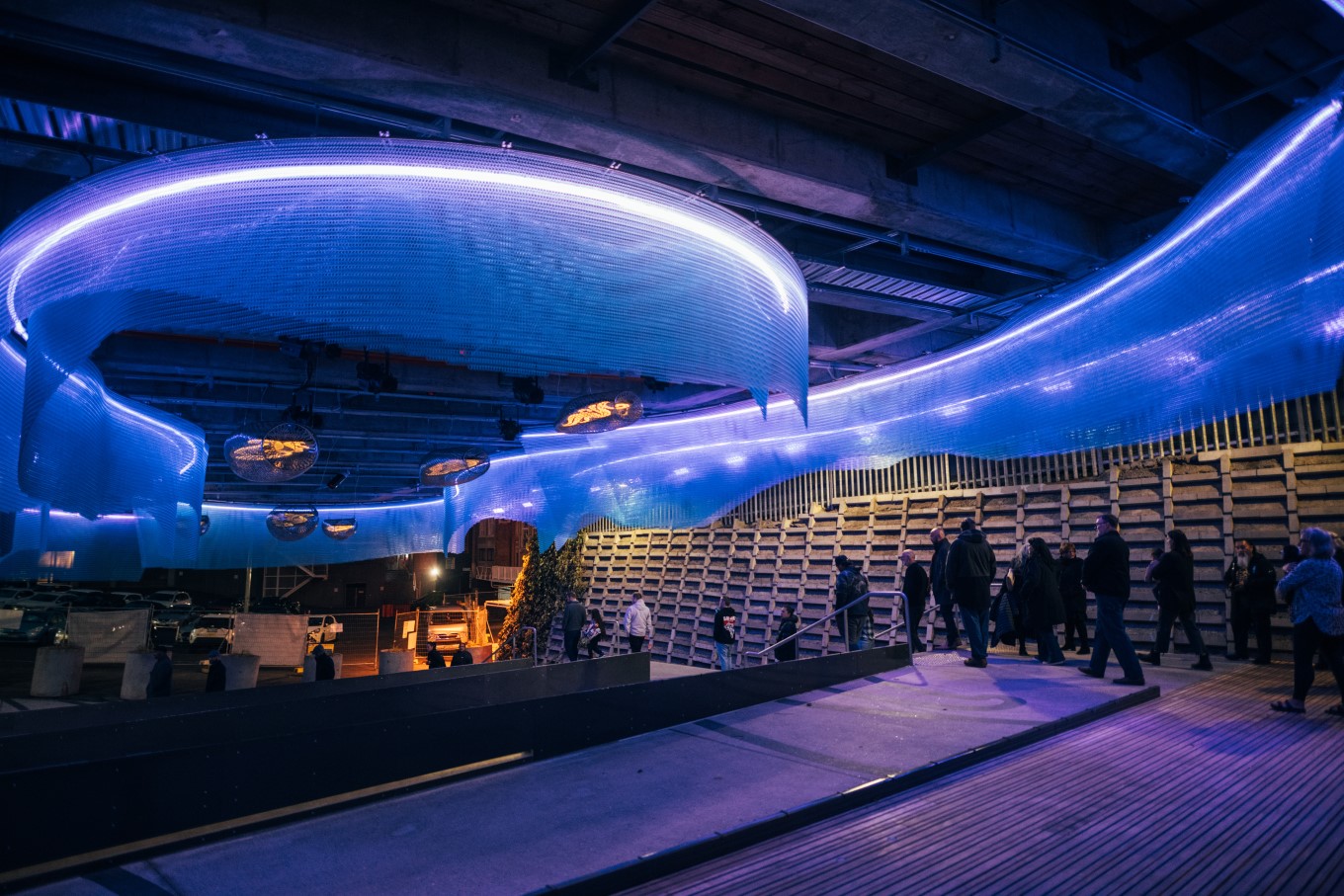
Photo credit: David St George
Sustainability
-
The two waiata written by the composer team for Waimahara – called Waiora and Waimahara – speak about the physical, emotional, and cultural significance of water from a te ao Māori They speak of the need for a water-sustainable consciousness, the many states of water and the preciousness and connection of water to human life.
Innovation
-
Waimahara is a digitally-programmed artwork that responds in different ways to different triggers – an artwork that will ultimately be in a continually alive and responsive state.
-
The Waimahara artwork’s open-weave fabric (Kaynemaile), suspended from the underpass overhead is designed to emulate water through colour, shape and movement. The Kaynemaile material is made from a renewable-energy (RE8) bio-circular polycarbonate material – a new generation ‘circular-economy’ plastic that is non-fossil-fuel derived and 100% renewable. Developed by New Zealander - Kayne Horsham - as light-weight chain mail armour for the actors during the making of Sir Peter Jackson’s Lord of the Rings trilogy, Kaynemaile has become a patented architectural material and world-leading innovation.
Graham Tipene is a highly respected multi-disciplinary artist and advisor on many civic and Auckland Council-led projects throughout Tāmaki Makaurau. His public work brings kaupapa Māori, mana Māori and wairua Māori into the built environment of the city, with major projects including the Waterview Tunnel, Victoria Park, Central City Library, Tirohanga Whānui Bridge in Albany, and the upcoming Te Waihorotiu Station.
Graham’s concept, creative expertise, and guidance of the project in matters of history and respect for Te Waihorotiu whenua, te ao Māori and tikanga, have provided the guiding basis for the Public Art team’s delivery of this project.
The wider story
Waitematā Local Board, Auckland Council, and the Auckland City Centre Advisory Panel have had a keen interest in enhancing the visitor experience in Myers Park; making it a place all people and communities can enjoy and use in safety.
The project for the renewal of the northern end of the park – including boardwalk, wetland gardens, a new stairway from Queen Steet and a redeveloped underpass entry / exit – represents the final stage of the redevelopment of Myers Park, supported by the city centre targeted rate.
Through partnership with mana whenua, Graham Tipene and Tessa Harris (Ngāi Tai Ki Tāmaki) were invited to develop cultural artworks that would be embedded into the project. Tessa’s artwork can be seen in the patterning on the stairwell that connects the Mayoral Drive and Queen Street corner with Myers Park.
The artists embraced the opportunity to develop a truly unique cultural expression in this place – adjacent to the Auckland Town Hall, Aotea Square, Queen Street, Q Theatre, Basement Theatre and the much-loved Civic Theatre – in the heart of the arts precinct which defines a regenerating midtown.
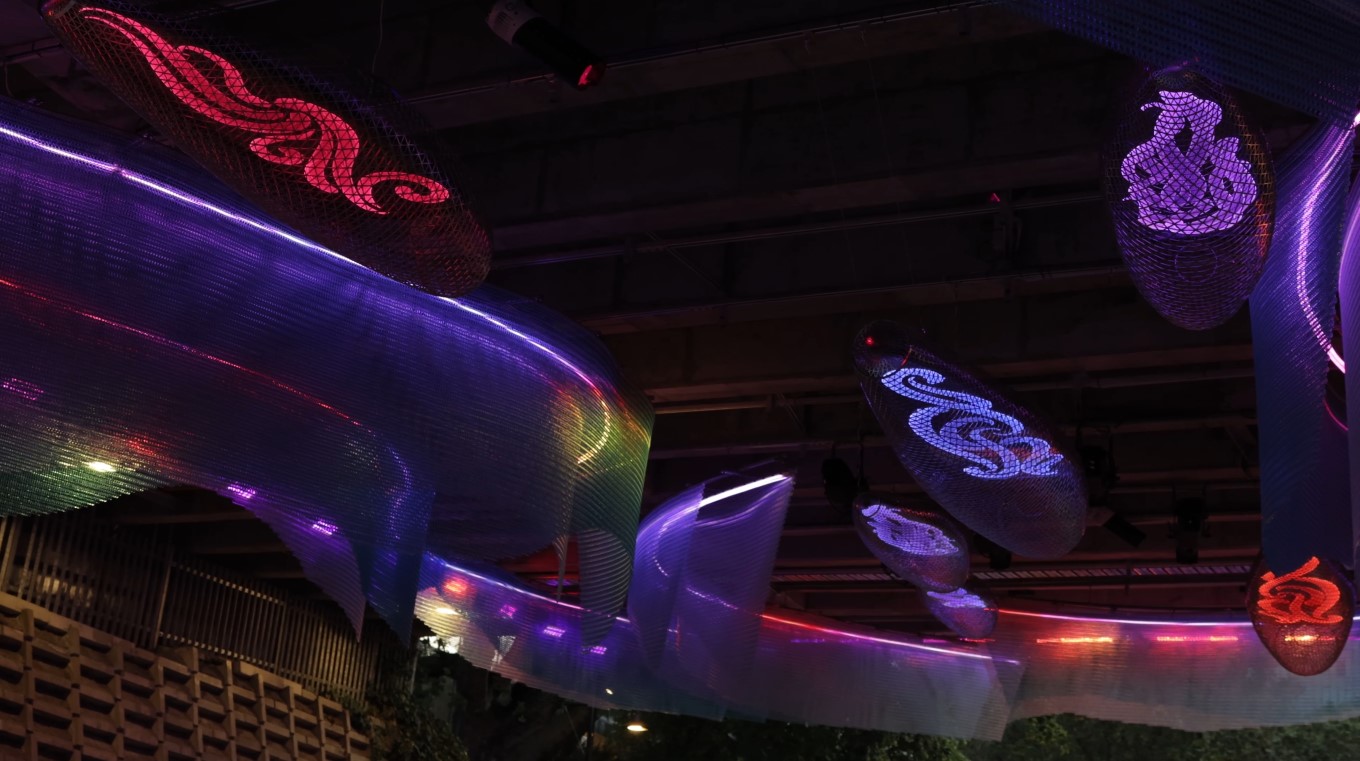
Waimahara in Myers Park

